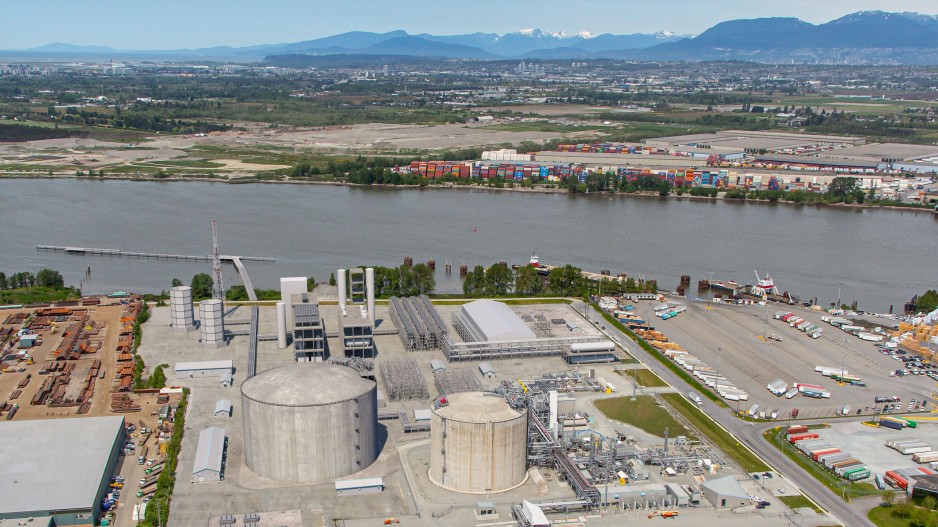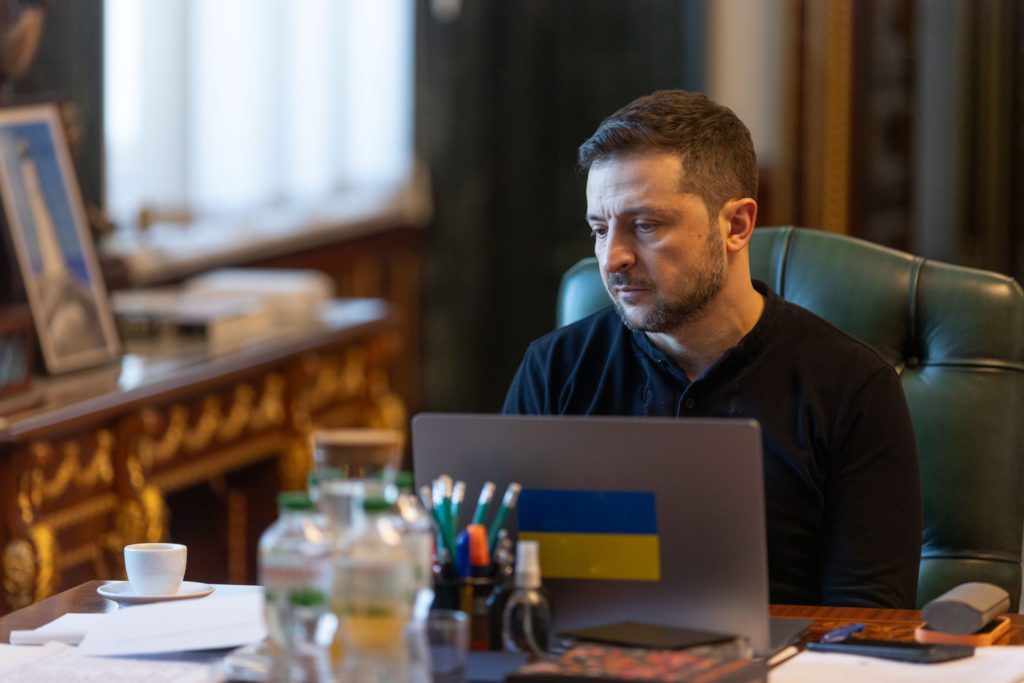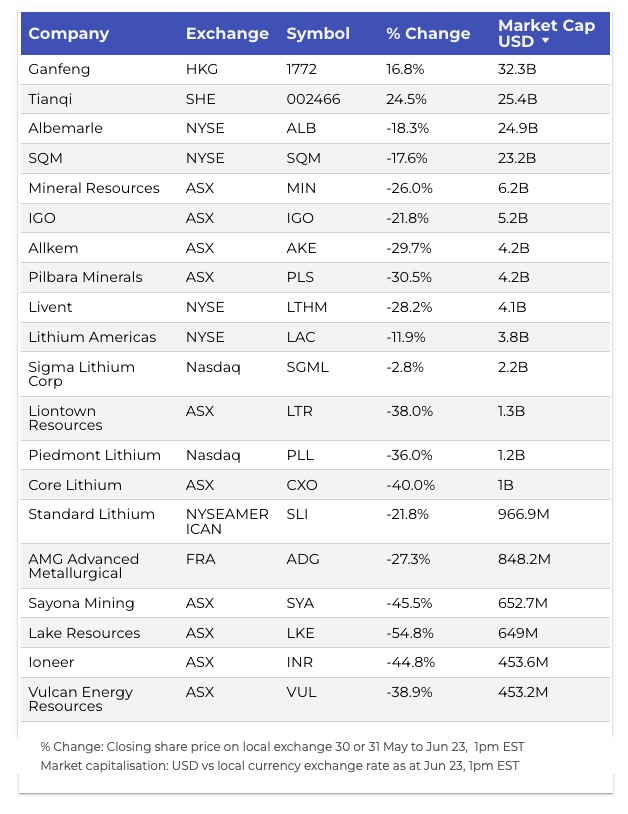

“The agreement is a framework for the Musqueam to acquire equity ownership in these expansion projects, and the level of equity is dependent on a variety of factors, including project investment decisions,” Doug Slater, FortisBC’s vice president of external and indigenous relations, told BIV News.
“For thousands of years, Musqueam has lived along a trading route and supported trade in the region,” Musqueam Chief Wayne Sparrow said in a news release.
“Through our relationship with FortisBC, we are building on this strength while being leaders in energy stability and ensuring benefits for future generations.”
FortisBC has been producing liquefied natural gas (LNG) at its Tilbury Island plant in Delta since 1971. It was built to store natural gas for peaking and emergency backup purposes.
It came in handy in the fall of 2018 when an Enbridge Inc. (TSX:ENB) natural gas pipeline ruptured, interrupting the flow of natural gas to the Lower Mainland. FortisBC’s LNG storage capacity at Tilbury Island allowed British Columbians to continue heating their homes while the pipeline was being fixed.
In 2019, FortisBC completed a C$400 million expansion of the plant’s production and storage capacity, and announced a second phase expansion – one that includes a new marine jetty to be used to load LNG carriers for export, and marine bunkering vessels.
The expansion was last estimated to have a capital cost of C$3 billion.
The Tilbury Island marine jetty is currently in its own federal and provincial environmental review processes, expected to conclude by the end of this year. The phase 2 plant expansion is moving through separate federal and environmental reviews.
Should both the marine jetty and LNG plant expansion get federal and provincial approval, FortisBC hopes to see the marine jetty under construction in 2023 and operational by 2024.
The jetty is an important part of FortisBC’s ambitions of making Vancouver a LNG marine bunkering hub, as vessels switch from bunker fuel and diesel to cleaner fuels like natural gas. Natural gas generally produces fewer CO2 emissions, sulphur dioxide, nitrogen oxide and particulates than bunker fuel or diesel.
In addition to the Tilbury marine jetty, the Tilbury Island expansion would require additional LNG production capacity and storage. The LNG production would use electric drive, which reduces its overall CO2 emissions.
The expansion could result in 137 vessels — 68 LNG carriers and 69 bunker vessels – fueling up at Tilbury Island, and 274 vessel movements, according to a project description.
Tilbury Phase 2 would increase the facility’s LNG production capacity by up 2.6 million tonnes of LNG annually — bringing total production capacity to about 3.5 million tonnes — and includes a second storage tank with storage capacity of 142,000 cubic metres.
“That’s to back up the gas system in the Lower Mainland and strengthen the reliance of our system during the cold winter periods and any disruption to the gas system,” Slater said of the additional storage tank.
The expansion in production capacity is needed, FortisBC says, to provide more security for domestic customers, and to serve growing LNG export markets and demand for LNG marine bunkering.
Currently, FortisBC uses truck-to-ship fueling for those vessels, like ferries, that now run on natural gas. The marine jetty would allow for ship-to-ship fueling. The marine jetty would have one berth for LNG carriers for LNG exports, and a berth for marine bunkering vessels. These bunkering vessels would fill up with LNG, and then travel to wherever a large vessel, like a cargo ship or cruise ship, is moored to refuel it.
Slater said construction of the phase 2 expansion could begin as early as 2023, should all environmental certificates be approved, and completed by 2028.
(This article first appeared in Business in Vancouver)
This post has been syndicated from a third-party source. View the original article here.




